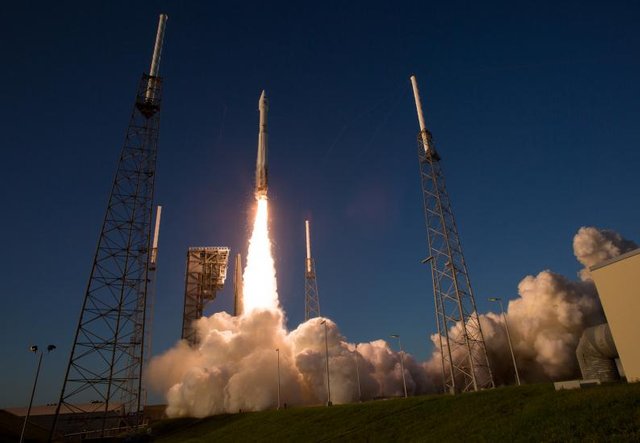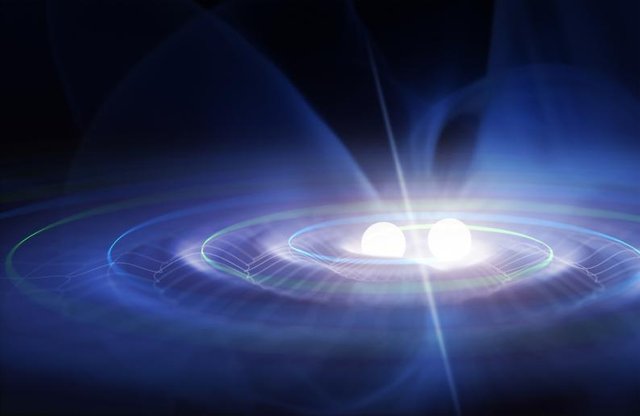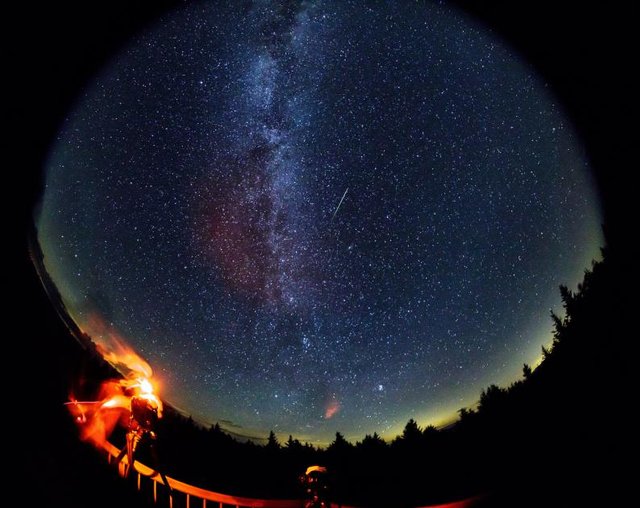
NASA is the National Administration of Aeronautics and Space, the agency responsible for aeronautical and aerospace research of the United States government. The agency was established in 1958, and since then it is one of the main source of information about space and the universe.
However, as in everything handled by human beings, errors are always present. On this occasion, a British student contacted NASA to correct an error in the data recorded by the International Space Station.
Students getting involved in aerospace science

Miles Soloman is a 17-year-old who studies at the Tapton School in Sheffield, where he was working on the TimPix project. This project was created when Tim Peake became the first British astronaut of the European Space Agency aboard the ISS.
Peake worked on a research program that studies the impact of space radiation on humans. The radiation is monitored with Timpix detectors that send information from the station to the Earth, constantly. During their stay at the station, NASA, together with Professor Larry Pinsky of the University of Houston and the School Research Institute, allowed the recorded information to reach professors and students, with the intention of making them participate in the research. .
For this reason, Soloman, like the rest of his colleagues, received the information recorded by the Timpix detectors and worked with this information. This initiative allows the approach of thousands of students to real scientific data.
Data from NASA energy levels

When studying the data, Soloman realized that at the end of the list between the lowest energy levels, where there is no radiation, the detector had recorded a -1. The energy measurements can never be negative, because there is no negative energy in physics, then the student immediately realized that it was a mistake.
Together with his professor, James O'Neill, the young man decided to contact NASA by email to report their discovery. The NASA researchers responded that they were aware of the error, but only believed that it had happened once. However, it would seem that this error was happening several times per day.
The problem is that some algorithms that convert the registered information to numbers were mismatched when doing the conversion, and for this reason they ended up registering negative numbers.
Faced with the situation of being corrected by a student, the physicist Lawrence Pinsky explained that the very idea of ??students getting involved at a real level is to create opportunities to act and study scientific information that is recorded in real time and may have errors , just as they would if they worked for NASA.
me parece de suma importancia esta información y siempre tenemos errores si como los cometió ese chico
Downvoting a post can decrease pending rewards and make it less visible. Common reasons:
Submit